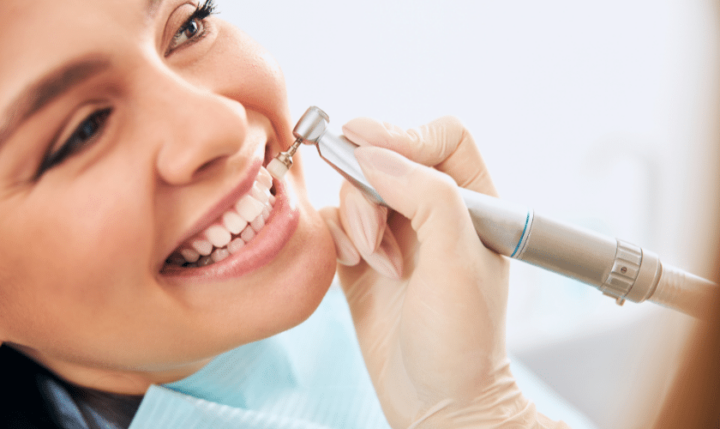Maintaining good oral hygiene is essential for overall health, and professional dental cleanings play a crucial role in achieving that. While daily brushing and flossing are important, they cannot reach every nook and cranny in your mouth, which is where dental cleanings come in. But did you know there are different types of dental cleanings? Understanding the various options can help you make informed decisions about your oral care needs. Let’s explore the most common types of dental cleanings and what they involve.
1. Prophylaxis Cleaning (Routine Cleaning)
A prophylaxis cleaning, often referred to as a routine or standard cleaning, is the most common type of dental cleaning. It’s ideal for individuals with good overall oral health who practice consistent dental hygiene habits. During this cleaning, the dental hygienist removes plaque and tartar from the surface of the teeth and along the gumline. Afterward, the teeth are polished to remove any minor stains, leaving your smile feeling fresh and clean.
Typically, routine cleanings are recommended every six months to maintain oral health and prevent the buildup of bacteria and plaque that can lead to cavities or gum disease.
2. Scaling and Root Planing (Deep Cleaning)
Scaling and root planing, commonly known as a deep cleaning, is a more intensive procedure typically recommended for individuals with early stages of gum disease (gingivitis) or more advanced forms like periodontitis. It involves two main steps:
- Scaling: The removal of plaque and tartar from above and below the gumline, targeting areas that a standard cleaning cannot reach.
- Root Planing: The process of smoothing the tooth roots to help the gums reattach to the teeth and prevent further bacteria from accumulating.
Deep cleanings may require local anesthesia and can sometimes be done over multiple visits, depending on the severity of the gum disease. Regular follow-up visits will likely be recommended to ensure the gums are healing properly.
3. Gross Debridement Cleaning
For patients who haven’t had a professional cleaning in a while or have excessive plaque buildup, a gross debridement cleaning may be necessary. This cleaning type removes large amounts of tartar and plaque that have hardened on the teeth and gums. It’s often the first step before a more routine or deeper cleaning can take place.
The dental hygienist will use specialized tools to break down the plaque buildup, ensuring the teeth are ready for further cleaning. In some cases, gross debridement may require more than one session.
4. Periodontal Maintenance Cleaning
Periodontal maintenance cleanings are specifically designed for individuals who have been treated for gum disease. Once you’ve undergone treatment, such as scaling and root planing, these cleanings help keep your gums and bone structure healthy. Periodontal cleanings are usually more frequent than regular cleanings—often scheduled every three months—to prevent the recurrence of gum disease.
Conclusion
Choosing the right type of dental cleaning depends on your oral health status and the advice of your dental professional. Whether it’s a routine cleaning to maintain your smile or a more advanced procedure to combat gum disease, staying on top of your dental care is key to long-term oral health.
For those in Montreal looking for quality dental care, finding the right professional is crucial. To learn more about how to maintain your dental health, check out this dentiste Montreal resource, where you can find trusted professionals to help guide your oral care journey.
Regular dental visits and cleanings are the foundation of a healthy smile. Don’t hesitate to consult your dentist about which cleaning option is best suited for your needs.
